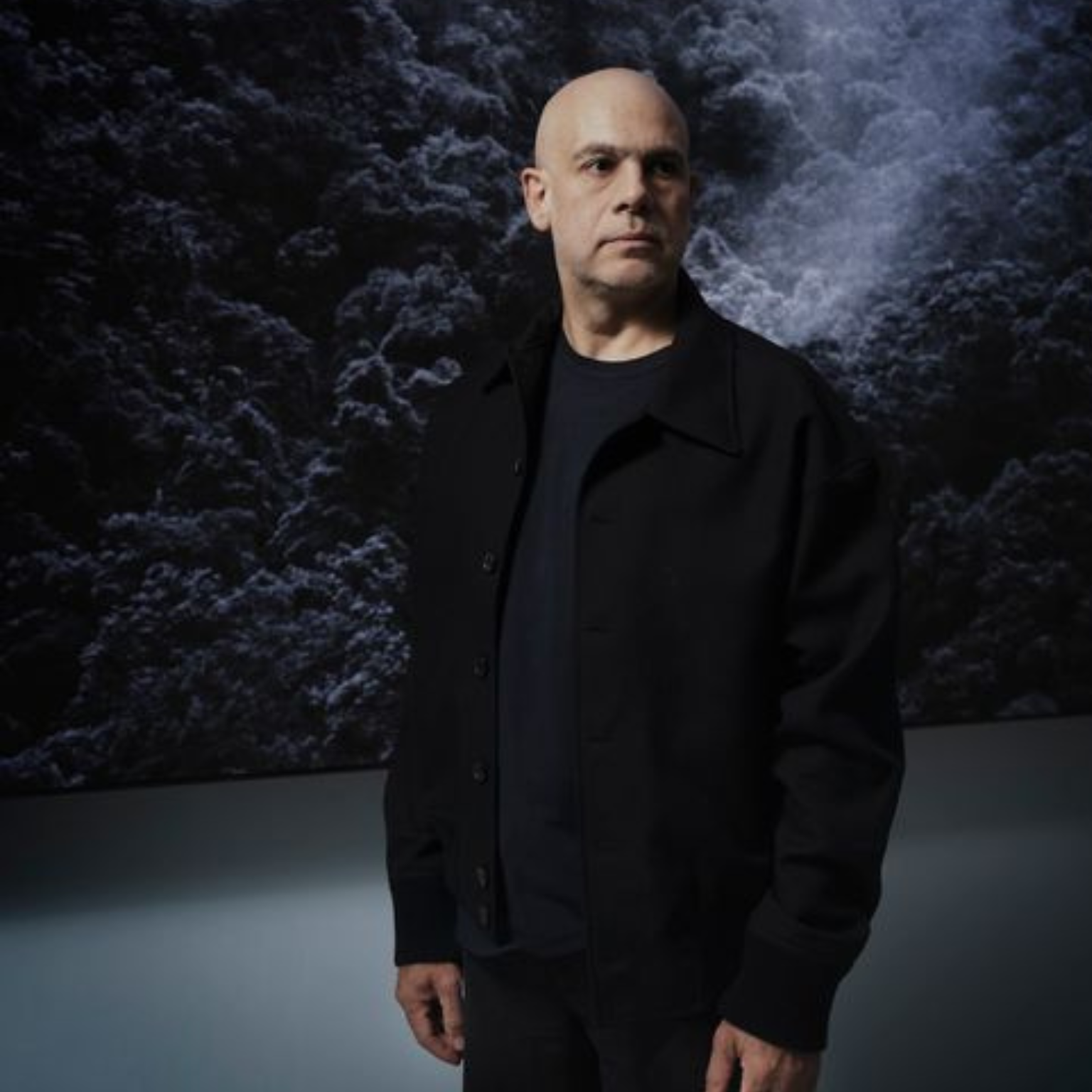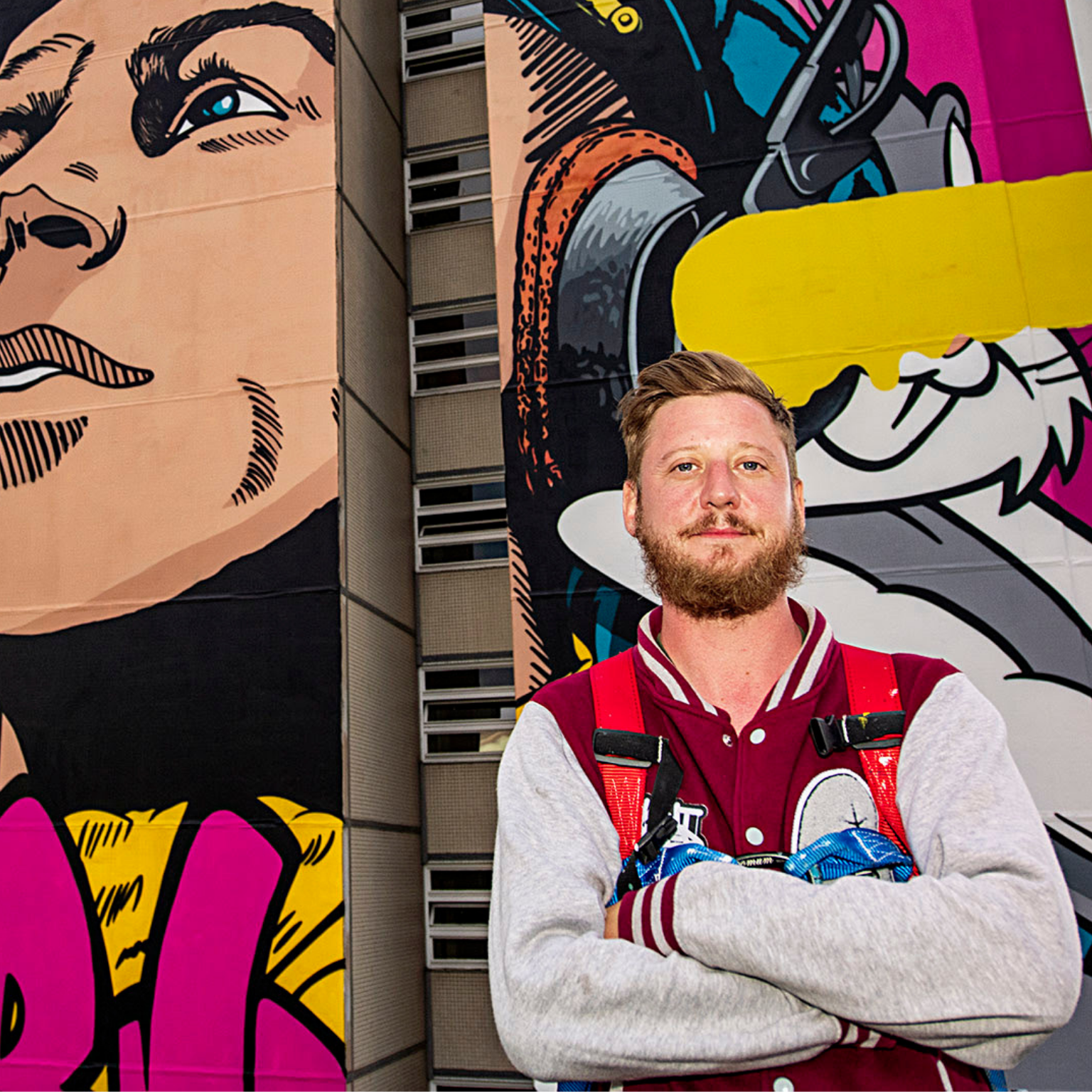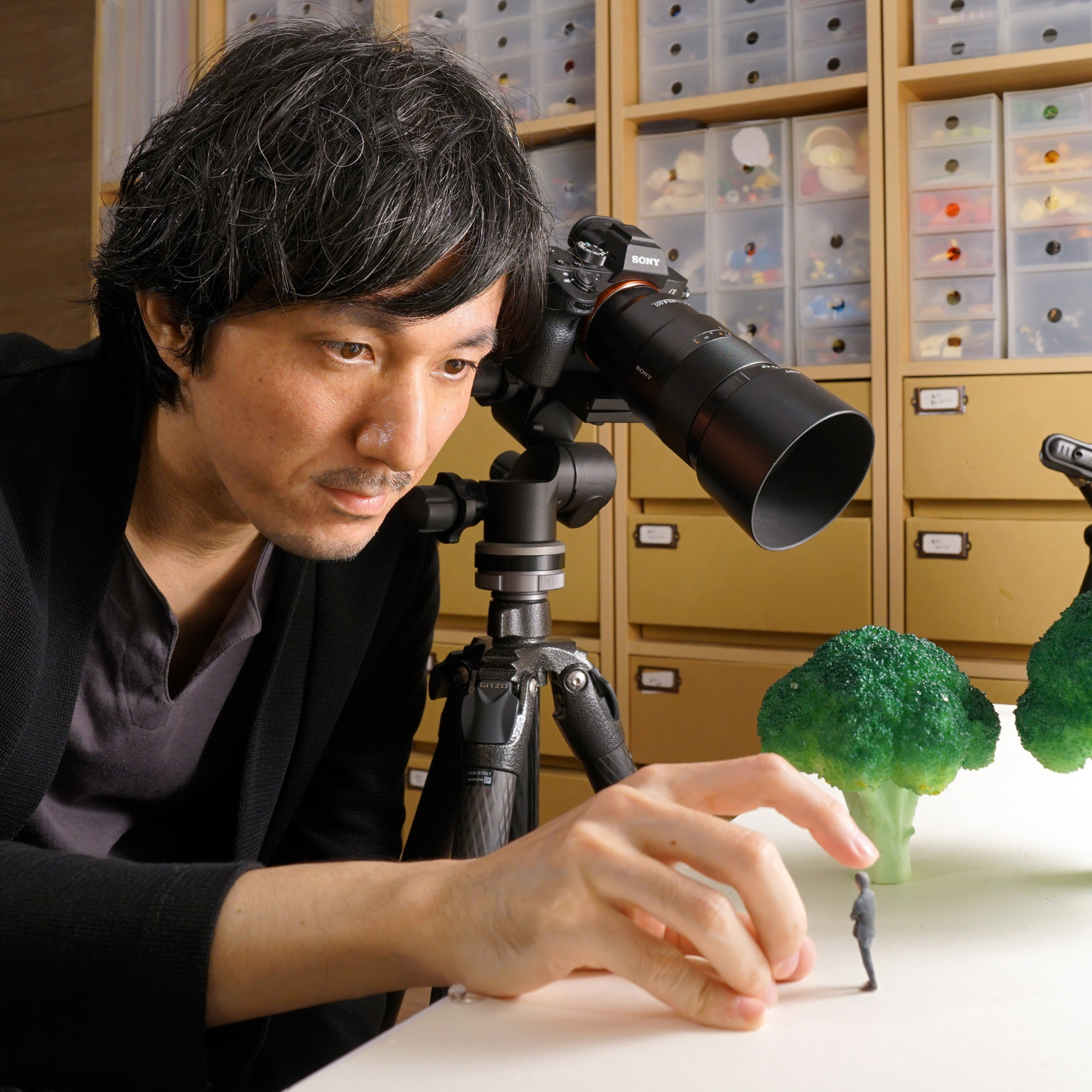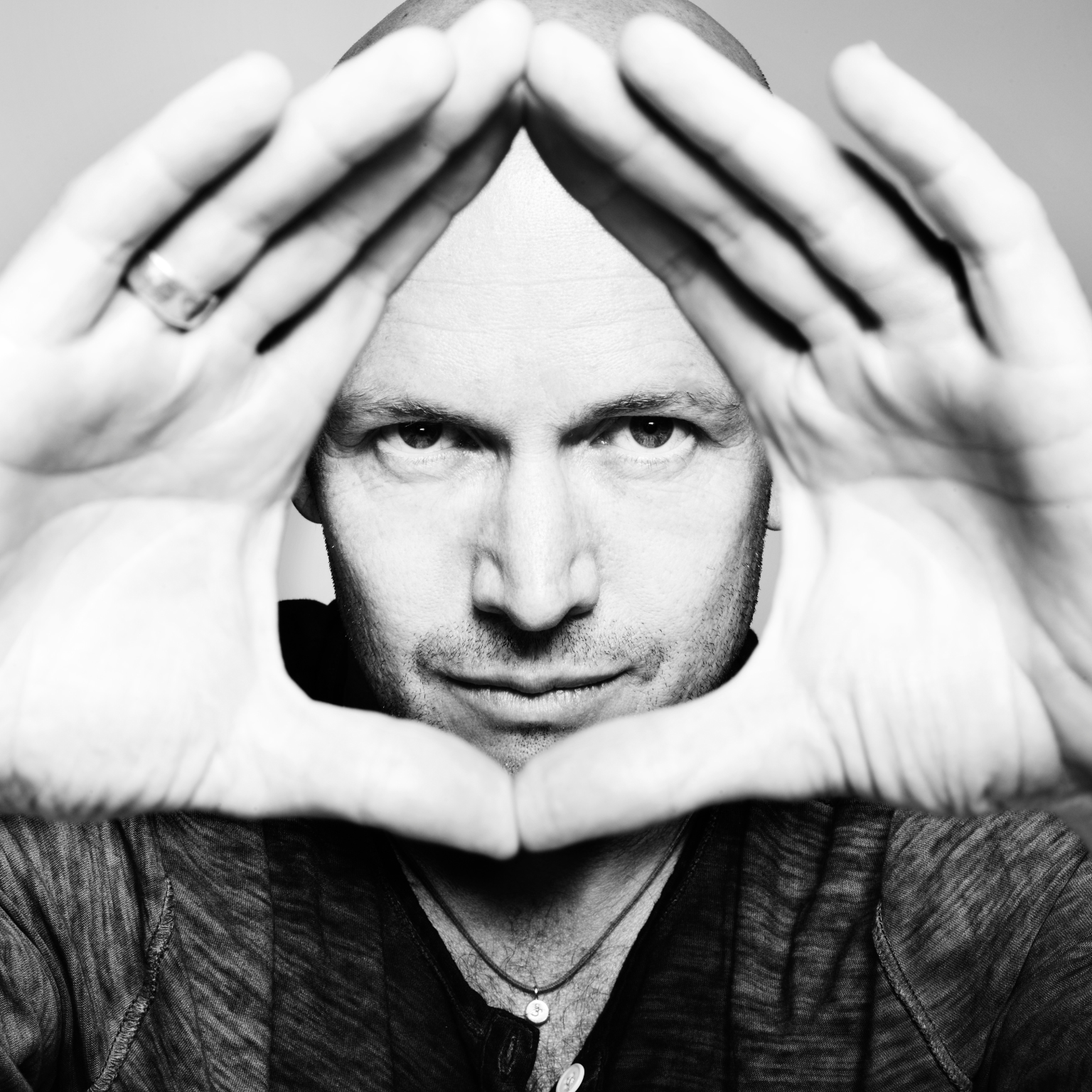Laurent Grasso, artist from France. Photo © Courtesy of the artist
This interview aligns with the ‘Nature and Culture’ Program initiated by the Culture For Causes Network. Within this framework, an exhibition titled ‘Reconciliation with the Living’ was exhibited in Paris at UNESCO HQ, focusing on the theme of harmonizing humanity with itself and the natural world; the exhibition travelled to Florence and Lisbon as well. Additionally, MuseumWeek 2023 featured numerous hashtags related to environmental topics, and a video series titled ‘Nature and Art’, a collaborative effort between UNESCO and the Solomon R. Guggenheim Museum, was also showcased as part of this initiative. In 2024, more actions are expected to take place, including MuseumWeek 2024.
Laurent Grasso (Mulhouse, 1972), a contemporary French artist with evocative and multifaceted works, has often enchanted audiences with his ability to mix past and present, history and technology, to create works that challenge conventions and inspire profound reflections. French but of Italian origins since his parents are originally from Ariano Irpino in the province of Avellino, since Grasso began his artistic journey, he has undertaken a journey through the nuances of perception and human reality.
His works, which range from painting to video art, from sculptures to installations, have captured attention around the world for their conceptual complexity and their ability to transport viewers into a world of reflection and contemplation.
In this exclusive interview, we explore the creative world of Laurent Grasso, discovering his inspirations, his techniques, and his visions on the challenges and opportunities of contemporary art. A journey through the mind and heart of an artist who continues to redefine the boundaries of imagination and perception.
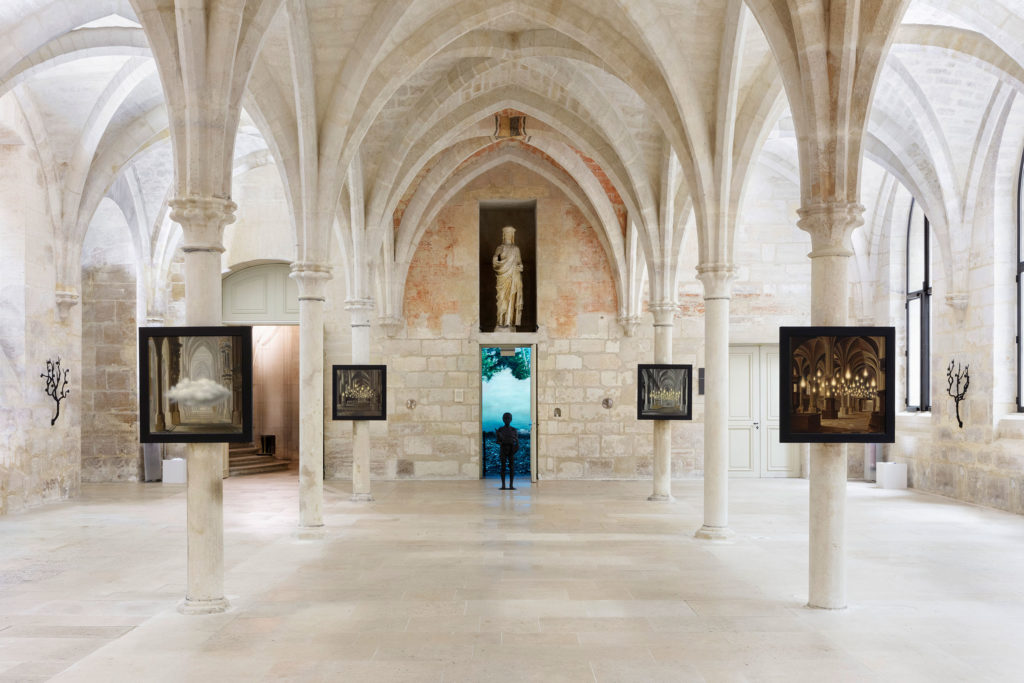
In 2008 Grasso won the Marcel Duchamp Prize, the highest French award for young artists and among the most important works: Elysée (2012) is an installation that explores power and the representation of power, inspired by the official residence of the French president, the Élysée Palace; The Silent Movie (2019): a multimedia work that explores the interaction between sound and image, using silent films and ambient noise; Soleil Double (2015): a work that explores the idea of double and reflection, using an artificial double sun that moves slowly through space.
How did you take your first steps in the world of art and when did you understand that it would be your life’s profession?
I started working in art when I went to art school. Before that, I was at university, where I studied sociology. Thanks to a group of friends who were involved in decorative arts in Strasbourg, I began to spend my time drawing. I was reading a lot, especially philosophy, listening to music, and traveling, among other things…, and so, over time, a lot of questions grew in me. But at that point, I had never had any experience of the art world. That same year, I entered school and started drawing, and everything changed very quickly.
My first work was a painting. I painted with different colors, with optical effects, on a green background with flowers and plants… I played a lot with these elements and contrasting colors. I was looking for a way to explore the world around me, analyzing everything to find my way.
It requires being very strong and asking questions ranging from politics to sociology and philosophy, and then finding the answers. One has to have life experiences and a high level of knowledge and find something interesting to frame.

Five years ago [in 2019], I organized an exhibition entitled Seismography of the Soul with Sean Kelly gallery, in which I displayed artworks that put into shape this intuition that the artist is a receiver of the world’s vibrations, a bit like a seismograph. As an artist, I raise problems through my practice, amplifying the questions we ask ourselves.
Fact and fiction. Where do these two aspects begin and end in your works? Why?
There’s not much difference, because I use scientific experiments and research a lot. In general, people don’t understand that science can be poetic. There’s no book where you can find all the questions and answers about the world. We can only understand a fact from a personal point of view. The concept of beauty or time changes, depending on the community, and the country.
My Anima project was devoted to the notion of a Critical Zone. I tried to create a kind of ecosystem where the reality that perceives and the perceived reality intertwine to create a somewhat dreamlike world or a kind of ecosystem where the boundaries between the human and the non-human are blurred.
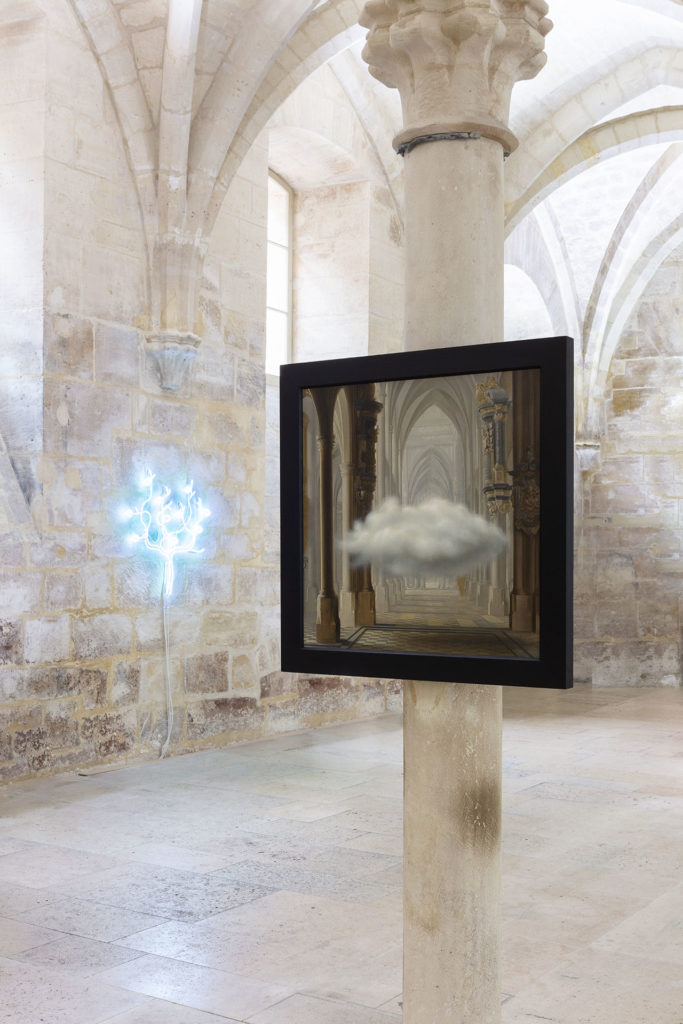
Your works are very complex because they also require important research to be created: you investigate science, technology, and philosophy. Electromagnetic energy, radio waves, and natural phenomena. Where do you find inspiration? Are there particular elements that characterize each choice?
Even if it’s conceptual, my work plays on memories, with a very visual and sensory dimension. My work is that of an artist, to intrigue, to ask questions, to have an intuition of what may happen. I believe that my work can be an interesting object of investigation, but at the same time, the viewer can perceive it in an entirely autonomous way. You don’t have to be experienced to understand it.
Like “Anima”, in your projects, you somehow teleport mostly natural places into closed environments through high-definition videos. Or paintings in which floating clouds hide behind monumental columns. What message is hidden behind this choice, behind this temporal and environmental parallelism?
The initial idea is to stage “beauty” in an original way. There’s never a specific message in my work, only a connection with contemporary issues. In Anima, I’ve established a mysterious link between my creation and what we know from ecological research. I also decided to play a lot with the architecture of the Collège des Bernardins and hang my paintings on the columns of the vault.
In addition, one of the major axes of my work is the insertion of phenomena. I’ve used clouds a lot in my work, as in my film Anima, or Orchid Island, shot in Taiwan. Clouds can have different meanings: they can be dangerous, poetic, ecological, polluting…
Starting from the idea of space meteorology, in collaboration with the National Center for Space Studies, you created the public installation “Solar Wind” in Paris which translates solar data in real-time into color waves. Can you tell us what the concept behind this work is?
The idea behind this project was to broaden the vision of the post-anthropocene world, to consider the influence of the sun, eclipses, and the importance of the Big Bang. There’s also the idea of bringing a kind of poetic moment between humans and the universe: the mystery of the universe, of space, of its meteorology.
Solar Wind is a kind of barometer for reading the sun’s activity because it can even modify our electrical installations and therefore what we feel, even if it’s invisible. And this conditions our minds. We use the data collected by four scientific laboratories to create a language of colors and emotions.
Interview by Fabio Pariante, X • Instagram • Website
